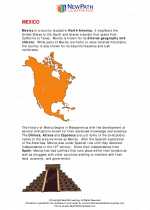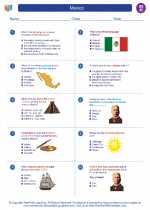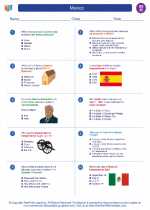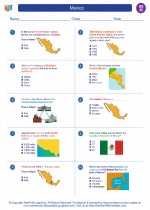Gulf of Mexico
The Gulf of Mexico is an important body of water located in the southeastern part of North America. It is bordered by the United States to the north, Mexico to the west and southwest, and Cuba to the southeast. The Gulf covers an area of approximately 1,600,000 square kilometers and is a significant part of the global maritime trade routes.
Geography
The Gulf of Mexico is bordered by five US states – Texas, Louisiana, Mississippi, Alabama, and Florida. It is also connected to the Atlantic Ocean through the Straits of Florida and to the Caribbean Sea through the Yucatán Channel. The Gulf is known for its diverse ecosystems, including coral reefs, wetlands, and estuaries, which support a wide variety of marine life.
Importance
The Gulf of Mexico is a vital economic and ecological resource. It is a major hub for fishing, oil and natural gas extraction, and shipping. The region also attracts millions of tourists each year, drawn to its beautiful beaches and rich cultural heritage.
Environmental Challenges
Despite its significance, the Gulf of Mexico faces environmental challenges, including pollution, habitat degradation, and the impact of natural disasters such as hurricanes. Efforts to address these issues include conservation initiatives, sustainable resource management, and research into climate change impacts.
Study Guide
- What countries border the Gulf of Mexico?
- What are some of the key economic activities in the Gulf of Mexico?
- What are the major environmental challenges facing the Gulf of Mexico?
- How is the Gulf of Mexico connected to the Atlantic Ocean and the Caribbean Sea?
- What are some of the unique ecosystems found in the Gulf of Mexico?
By studying these topics, you can gain a comprehensive understanding of the Gulf of Mexico's geography, significance, and environmental concerns.
[Gulf Of Mexico] Related Worksheets and Study Guides:
.◂Social Studies Worksheets and Study Guides Eighth Grade. Mexico

 Worksheet/Answer key
Worksheet/Answer key
 Worksheet/Answer key
Worksheet/Answer key
 Worksheet/Answer key
Worksheet/Answer key
 Worksheet/Answer key
Worksheet/Answer key
